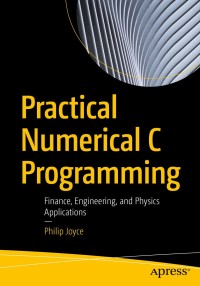Question
part A: (urgent! pls help) Ireland plc is considering a new three-year expansion project. Ireland has already spent 50,000 on an initial feasibility study. The
part A: (urgent! pls help)
Ireland plc is considering a new three-year expansion project. Ireland has already spent 50,000 on an initial feasibility study. The actual project requires an initial non-current asset investment of 2.5 million. The non-current asset will be depreciated in full using the straight line method over five years. At the end of five years the asset is expected to be sold for 250,000 and the sale proceeds will be subject to corporation tax. The project is estimated to generate 1,500,000 in annual sales, with annual expenses of 600,000. The project will also require an initial investment in net working capital of 250,000. Ireland plc has a required rate of return of 8 per cent and a corporate tax rate of 22 per cent.
i.Calculate the annual depreciation charge. Explain your workings.
ii.Calculate the annual operating cash flow. Explain your workings.
iii.Calculate the projects net present value (NPV) and provide Ireland plc with a reasonedexplanation as to whether or not the investment project is worthwhile. Explain your workings.
iv. Explain why sunk costs are not a relevant cash flow in project evaluation calculations.
Part B:
Sexton Industries is trying to decide between two different heating systems:
-
The Gas heating system costs 645,000, has a three-year life, and makes annual pre- tax savings of 160,000. The equivalent annual cost (EAC) of the gas system has been calculated as being 85,612.
-
The Electricity heating system has a six-year life, costs 430,000 and makes annual pre- tax savings of 90,000. The electricity heating system has a negative net present value (NPV) of 57,985.
Both heating systems will be depreciated in full using the straight line method over their useful economic life. Both systems will have zero salvage value at the end of their life. You should assume that whichever heating system is chosen, it will need to be replaced when it wears out.
The corporation tax rate for the company is 25 per cent. In making any calculations, you should assume that depreciation is tax deductible. The relevant discount rate is 10 per cent.
Required:
i. Calculate the annual operating cash flow for the gas heating system. Explain your workings.
ii. Calculate the NPV of the gas heating system. Explain your workings.
iii. Calculate the EAC for the electric heating system and provide advice for the company as to which is the most cost effective machine. Explain your workings.
iv. Explain why Sexton Industries are using EAC rather than NPV to evaluate these investments in these circumstances.
Step by Step Solution
There are 3 Steps involved in it
Step: 1

Get Instant Access to Expert-Tailored Solutions
See step-by-step solutions with expert insights and AI powered tools for academic success
Step: 2

Step: 3

Ace Your Homework with AI
Get the answers you need in no time with our AI-driven, step-by-step assistance
Get Started


